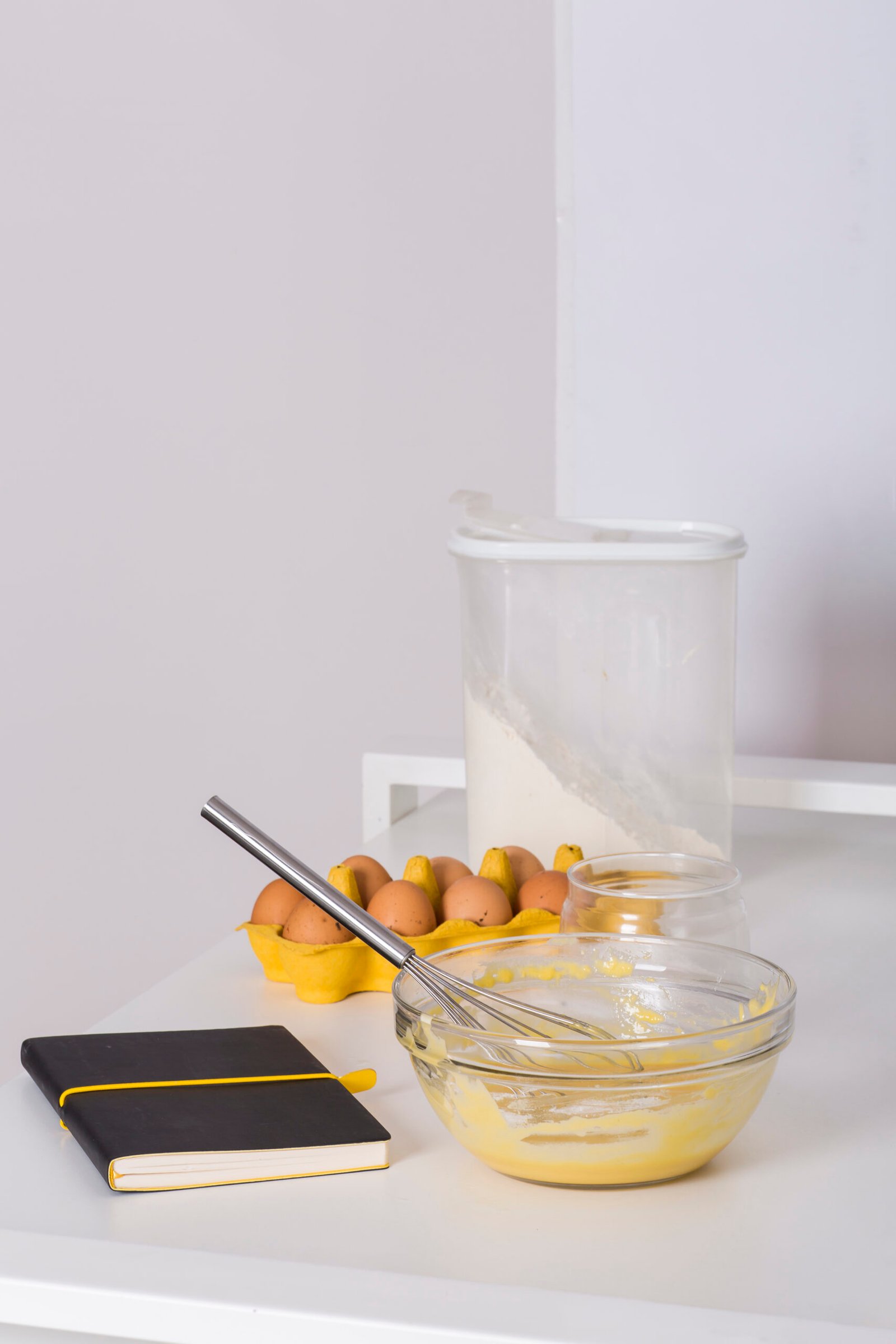When preparing for the NAPLEX (North American Pharmacist Licensure Examination), mastering pharmaceutical calculations is crucial. Among these, one of the most frequently encountered conversion formulas is converting milliliters (ml) to ounces (oz). Understanding this conversion can not only help you ace the NAPLEX but also prepare you for practical pharmacy work.
In this article, we will break down the process of converting milliliters to ounces, discuss why it’s essential for the NAPLEX, and share tips and tricks to make these conversions easier for you. We’ll also offer examples and practice problems to ensure you feel confident.
Why Milliliters to Ounces Conversion is Important for the NAPLEX
The NAPLEX is designed to assess a candidate’s knowledge and ability to apply pharmaceutical concepts in real-life scenarios. Pharmacists routinely deal with medications in different volume units—milliliters, ounces, liters, and more. Some medications are dispensed in metric units (milliliters or liters), while others may require dosage information in imperial units (fluid ounces).
Understanding how to convert between these units quickly and accurately ensures that pharmacists can provide correct dosages, improving patient safety. For NAPLEX test-takers, mastering this conversion will reduce errors during the exam and in practice, making it a fundamental skill.
The Basic Formula: Milliliters to Ounces Conversion
To convert milliliters (ml) to fluid ounces (oz), the key formula is:
1 milliliter = 0.033814 fluid ounces
This is the foundational conversion factor used in most calculations. So, whenever you want to convert milliliters into ounces, you simply multiply the number of milliliters by 0.033814.
Formula:
\text{{Ounces (oz)}} = \text{{Milliliters (ml)}} \times 0.033814
Example 1:
Let’s say you need to convert 150 milliliters to ounces.
150 \, \text{ml} \times 0.033814 = 5.0721 \, \text{oz}
Therefore, 150 ml is approximately 5.07 fluid ounces.
Example 2:
If a prescription calls for 75 milliliters of liquid medication and you need to know the equivalent in ounces:
75 \, \text{ml} \times 0.033814 = 2.5359 \, \text{oz}
So, 75 ml equals about 2.54 fluid ounces.
Why Conversions Vary: U.S. Ounces vs. U.K. Ounces
One nuance to be aware of when performing conversions is that the fluid ounce measurement can differ slightly between the U.S. and the U.K. However, for the NAPLEX, the U.S. fluid ounce (fl oz) is standard. The conversion we are discussing uses the U.S. fluid ounce.
In the U.K., 1 U.K. fluid ounce = 28.413 ml, while 1 U.S. fluid ounce = 29.573 ml. Therefore, make sure you’re using the U.S. ounce in all calculations for the NAPLEX.
Quick Reference Chart: Milliliters to Ounces
It can be helpful to memorize or have a reference chart for some common conversions, as you may not always have time to perform the calculation from scratch during an exam. Here’s a quick reference for frequently used conversions:
This chart can be a valuable tool when you are under time pressure and need to perform quick conversions.
Common Applications of ml to oz Conversions in Pharmacy
Knowing how to convert milliliters to ounces can be useful in various pharmacy settings. For instance:
Liquid Medications: Many liquid medications are dispensed in milliliters, but patients may be more familiar with ounces, especially when using household measuring devices. A pharmacist should be able to provide patients with appropriate instructions in both units.
IV Solutions and Compounding: Pharmacists often prepare or adjust dosages of intravenous (IV) solutions. When the volumes are provided in milliliters, converting them to ounces can help ensure accurate administration and documentation.
Over-the-Counter Products: Some OTC products, especially those for infants or elderly patients, may require dosage conversion from milliliters to ounces to facilitate easier administration.
Practice Problems for NAPLEX
Let’s go over a few practice problems to solidify your understanding.
Problem 1:
Convert 225 ml to ounces.
Solution:
225 \, \text{ml} \times 0.033814 = 7.6101 \, \text{oz}
Answer: 225 ml is approximately 7.61 fluid ounces.
Problem 2:
A doctor prescribes 50 ml of cough syrup. How many ounces is this?
Solution:
50 \, \text{ml} \times 0.033814 = 1.6907 \, \text{oz}
Answer: 50 ml is about 1.69 fluid ounces.
Problem 3:
A pharmacist needs to dispense 10 ounces of a solution, but the solution is available in milliliters. How many milliliters should they dispense?
Solution:
\text{Milliliters (ml)} = \text{Ounces (oz)} \times 29.5735
10 \, \text{oz} \times 29.5735 = 295.735 \, \text{ml}
Answer: The pharmacist should dispense approximately 295.7 milliliters.
Tips for Memorizing Conversion Factors
Here are a few tips to help memorize the ml to oz conversion and ace the NAPLEX:
1. Create Flashcards: Use flashcards to practice common conversions between ml and oz.
2. Practice with Real-Life Scenarios: Apply the conversions to real-world situations or mock prescriptions.
3. Break Down the Formula: Remember that 1 oz is about 30 ml, which can serve as a rough estimate for quick mental math.
4. Use Mnemonics: For example, remember “3 oz is just under 90 ml” to help recall key figures.
Conclusion
Converting milliliters to ounces is a crucial skill for NAPLEX preparation and your career as a pharmacist. By understanding the basic conversion factor (1 ml = 0.033814 oz), using quick reference charts, and practicing with real-life examples, you can gain confidence and proficiency in this essential calculation. Mastering this conversion will not only help you pass the NAPLEX but also ensure you are prepared for practical pharmacy tasks involving dosages and medication administration.
Take time to review and practice regularly, as this is a skill that will be a key part of your pharmaceutical career.
